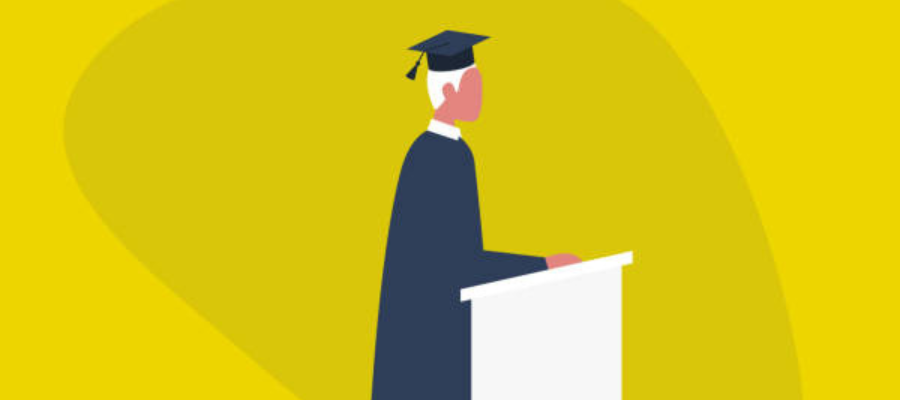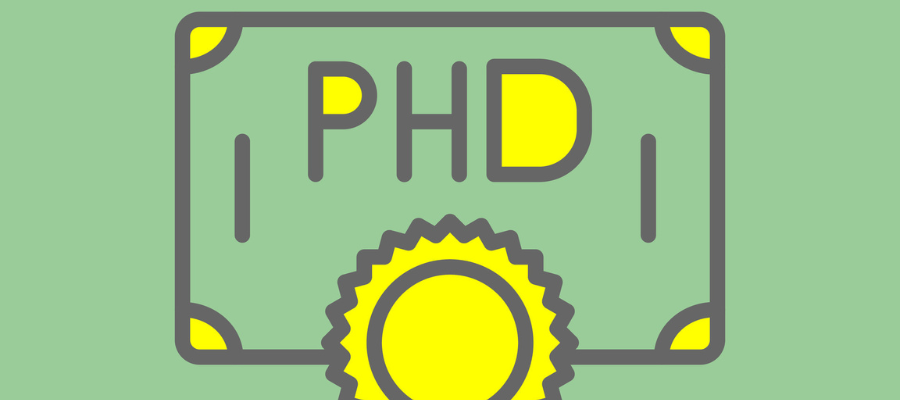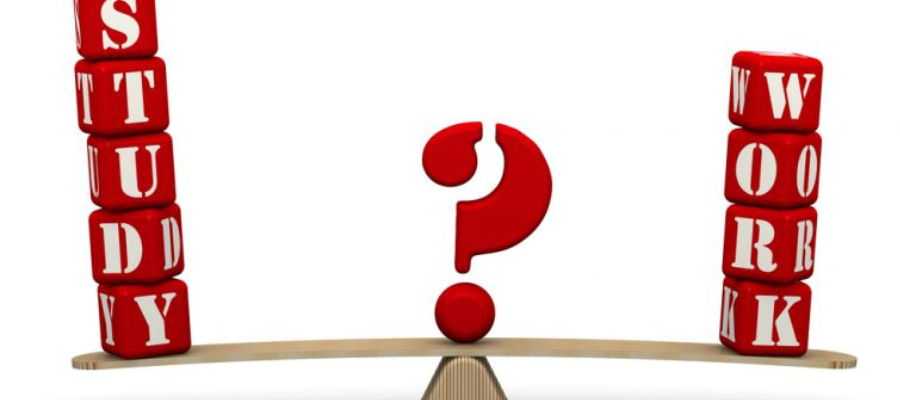The Secret Behind Finland’s World-Class Education System


In a world where education systems are commonly characterized by high-stakes tests, inflexible curriculums, and cutthroat competition, Finland has quietly developed a distinct, widely envied model that’s widely regarded as among the world’s best. But what’s behind Finland’s world-class education system? Is it the cutting-edge teaching approaches, the easy-going school culture, or the confidence in teachers?
Let’s dive deep into the philosophy, practices, and secrets behind Finland’s education approach that not only makes it effective but actually transformative.
1. A Philosophy Based on Equality and Well-Being
Equality is the foundation of Finland’s educational system. Most countries approach education with the mindset of producing top performers and high scorers, but Finland has its sights on raising all the children. It’s not to have some of the children shining while others struggle behind — it’s to provide equal opportunities for all to succeed.
There are no “bad schools” in Finland. You can be in Helsinki or in a far-off village in Lapland, and the quality of education is the same everywhere. All schools get the same funding, and resources are allocated based on need and not on prestige.
More significantly, student well-being is emphasized. A child who is safe, supported, and stress-free has a better chance of succeeding. Finnish schools stress the importance of developing a well-balanced setting where mental well-being is never an afterthought but an important aspect of learning.
2. No Standardized Testing Until It Matters
One of the most discussed aspects of Finnish schooling is the lack of standardized testing. With the exception of a single national test at the culmination of upper secondary school (approximately age 18-19), Finnish students are not required to participate in the test treadmill that pervades so many other systems.
Rather, instructors check students through individual feedback, observations, and mini-quizzes. No rankings, no league tables, and no incentive to “teach to the test.”
Doing so accomplishes two things: it cuts down on anxiety and gives instructors the flexibility to adapt lessons to specific student needs. Learning is a process, not a contest — and students are encouraged to learn concepts deeply, not just memorize them temporarily.
3. Teachers Are Respected and Highly Trained
Teaching is not merely a profession in Finland — it is a highly valued one. To become a teacher, one has to possess a master’s degree, and the process of selection for teacher training programs is competitive, rigorous, and comprehensive.
Just 10% or so of those who apply are admitted to primary school teacher education programs. But if they do get in, they’re thoroughly trained academically and practically, not only in pedagogy but also psychology, research methods, and classroom management.
Teachers are trusted in the classroom and there’s great confidence in their abilities. There’s no micromanaging, no scripted teaching — only trust that these professionals do what they do.
This blending of high standards and professional autonomy produces engaged, energetic teachers who are enabled to perform at their best.
4. Play-Based Learning in Early Years
Finland’s formal education begins at age 7 — one of the world’s latest ages. But that doesn’t imply that children aren’t learning prior to that. On the contrary, the Finnish early childhood education system is a model in itself, emphasizing play, social interaction, and emotional development.
Preschool and kindergarten are less about learning by sitting at a desk and more about learning by exploring. Children spend their days constructing things, playing outside, hearing stories, and socializing with other children. This fosters creativity, communication, and problem-solving skills — all without the stress of grades or evaluations.
The concept is straightforward: let children be children. And when they’re developmentally prepared, formal education takes over — usually with improved outcomes than systems that begin much sooner.
5. Brief School Days, Increased Free Time
A standard Finnish school day is shorter than in most nations, and students spend fewer hours in the classroom and more hours engaging in free play. Homework is kept to a minimum, and after-school tutoring is uncommon.
But Finnish students always score highly on external tests such as PISA (Programme for International Student Assessment).
So, how do they do this?
The key is quality over quantity. Rather than putting in late nights, Finnish schools have optimal, focused learning periods. Teachers are well prepared and adopt active learning techniques so that the time in the classroom is focused. And when the students leave school, they have sufficient time to unwind, have hobbies, and spend some time recharging.
This balanced life decreases burnout and fosters a lifelong passion for learning — not simply academic success.
6. Individualized Attention and Support Systems
Yet another secret ingredient is the robust support system that exists for students with varying learning profiles. Finnish schools operate on a three-tiered support model:
- General Support: Provided to all students by the class teacher.
- Intensified Support: For those requiring additional assistance, offered through special education teachers or extra lessons.
- Special Support: Individualized, long-term support for students with serious challenges.
Instead of isolating students with learning challenges, the majority are retained in the same classrooms with additional support. The aim is inclusivity and equity — all children matter, and none are left behind.
7. No Private Schools, Minimal Tuition
Almost all Finnish schools are state-funded. There are private schools, but they adhere to the same national curriculum and do not have tuition fees. Education, from primary school to university, is free — even for foreign students in most instances.
This system erases the class divide that is so prevalent in education. Money doesn’t decide the quality of a child’s education. Everyone, no matter what their background, receives access to the same high standards.
Even school lunches are free and nutritious, so that no child sits in class with an empty stomach. This kind of investment in students’ total wellness is a strong message: school is a right, not a privilege.
8. Emphasize Lifelong Learning and Delight
Not to create top grinders in Finland, but rather to develop inquiry-minded, confident, and empathetic individuals with the ability to contribute positively to society. There is a framework that promotes a culture of life-long learning, flexibility, and internal motivation. Students learn how to question things, think reflectively, and find meaning instead of pursuing marks. Success, in this system, is more than just mere test scores and includes personal progress, cooperation, and emotional development.
And most crucially, Finnish schooling is founded on the premise that schooling can and should be fun. Schools are not pressure cookers but communities of trust in which children can feel safe, stimulated, and nurtured.
9. Teachers as Researchers and Innovators
Teachers in Finland are not only teachers, but also researchers and developers of the profession. With master’s-level education, teachers often engage in action research in their classrooms, refining their practices on a continuous basis based on evidence and reflection.
They are encouraged to be innovative — to experiment with new methods, learn to meet new student needs, and to assist in educational research. This professional development culture is one in which the system continually changes, remains relevant, and remains responsive.
10. Trust Over Bureaucracy
And perhaps most understated of all, one of the secrets to Finland’s system is trust. Trust in students, trust in teachers, and trust in the process.
There is very little bureaucracy within schools. Teachers aren’t drowning in paperwork or outside audits. Principals act independently. Parents have faith in the schools and don’t get involved much.
This model of trust produces a peaceful, efficient environment where attention remains on learning — not obedience.
The World Can Learn From Finland
It is tempting to borrow Finland’s success and emulate it lock, stock, and barrel. But the reality is, much of its strengths lie in its specific culture: a solid welfare state, trust among citizens, and immense regard for education.
Nonetheless, the ethos of the Finnish model can make reforms everywhere successful:
- Place well-being at the forefront of education.
- Trust and empower teachers.
- Prioritize deep learning over test-taking performance.
- Make sure to have equity so that all children get an equal opportunity to excel.
Finland’s world-leading education system doesn’t happen because of chance or one trick. It’s the result of generations of careful policy, cultural convergence, and an intense focus on putting students first.
While the world argues over rankings, Finland silently demonstrates that the best education is one in which each child is noticed, cared for, and allowed to learn at their own pace. It’s not about creating robots — it’s about raising humans.
In a competitive world, Finland has the courage to put compassion first. And maybe, that’s the secret.
Wish to study in Finland? Get in touch with Aara Consultancy to get admitted in top universities!
We provide 360° Solution for your Education Needs. Contact us






